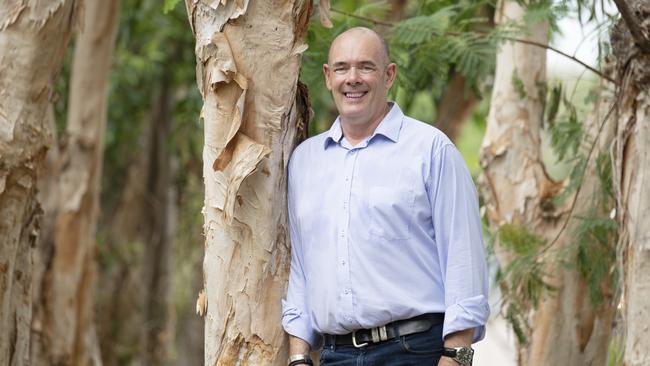Why Charles Darwin is one of the 15 ‘fast moving’ research universities
Charles Darwin University deputy vice-chancellor (research and innovation) Steve Rogers explains why his institution is one of the 15 ‘fast moving’ research universities.

Charles Darwin is one of Australia’s smallest universities and not one known, in the past, for its major research effort. But that’s changing.
“Why are we one of the 15 fastest growing? asks deputy vice-chancellor (research and innovation) Steve Rogers. “Over the last three to four years, we’ve put a major focus on research that has real relevance to the sort of issues, opportunities, and challenges in the Northern Territory, in northern Australia.”
Rogers says that when he joined the university nearly five years ago it didn’t do research in agriculture despite it being a significant industry in northern Australia. Since then the university has joined with the NT Department of Agriculture and Fisheries and industry bodies to do research in the area, aided by funding from Canberra for four new professorships.
He says the result has been useful research which benefits the agriculture industry, as well as leading to academic papers in respected journals.
However Rogers says the focus is on community impact. “We really want to be doing research where it’s going to make a difference to the community,” he says.
About a quarter of the NT population is indigenous and the university reflects this in the type of research it is carrying out. Rogers estimates that 40-50 per cent of research (the university is still working out the exact figure) meets the new definition of indigenous research now being used by universities. In contrast, Rogers says he understands that the figure for the university sector as a whole is about 3 or 4 per cent.
One example of the primacy of indigenous research at Charles Darwin is in its Research Institute for the Environment and Livelihoods. “It’s very much about environment and ecology. You’d be hard pushed to find one of their projects that wasn’t partnering with an indigenous ranger group, with the First Nation,” Rogers says.
He also points to the Molly Wardaguga Institute for First Nations Birth Rights. “It’s so totally focused on improving both maternal and early childhood health in First Nations communities.”




To join the conversation, please log in. Don't have an account? Register
Join the conversation, you are commenting as Logout